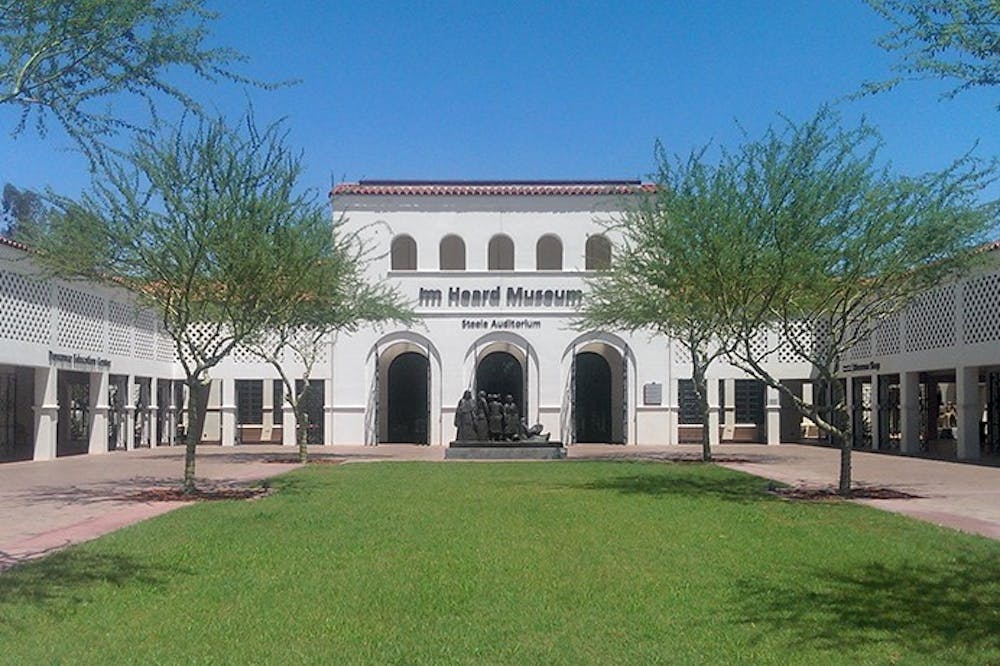The Heard Museum is offering free admission on the fourth Sunday of every month through September as part of its Free Summer Sundays program.
The program, which is headed up by Education and Public Programs Director Jaclyn Roessel, has been offered for the better part of eight years in an effort to engage the community and showcase Native American culture, Roessel said.
Each month, Free Summer Sundays draw in anywhere from 200 to 1,000 people, Roessel said. Visitors on a free Sunday can take in the museum's exhibits, watch a performance or participate in an interactive exhibit.
"Our programs are to get people familiar with the Native American culture," Roessel said. "We're fortunate to live in Phoenix where there is a very strong Native American arts community."
The Heard Museum has been an artistic presence in Phoenix since 1929, allowing it to serve several successive generations in the area, Roessel said.
"We have generations of families who have grown up here and perform here," she said.
Mark Scarp, the museum's public relations and communications manager, said he actively tries to relate the programs and goings-on of the museum to the community as a way to further draw light to the cultures honored in the Heard Museum.
Scarp serves as a liaison between the outside world and the exhibits within the museum halls.
"(It's important) to communicate what the programs mean to the community," he said.
ASU graphic information technology senior Damon Begay interns at the Heard Museum and said the museum's exhibits are important in drawing Native American culture into the limelight.
Begay, himself a member of the Navajo community, said incorporating Native American art into the mainstream, rather than relegating it to novelty status, is important in furthering equality in art.
Phoenix provides a good climate to do such work, Begay said, because art in the city is not as easily manipulated into a gimmick as it is on a reservation.
"Being on the rez, it would be very pandering to what you would expect Native art to be," he said. "Here in the city, we don't have that touristy museum."
Although it's important for artists of all races and ethnicities to be treated equally, it is also important to stay true to one's roots, Begay said. The traditions of beadwork and jewelry making exemplified in Native American art is an important part of the culture which should not be forgotten, he said.
The Heard Museum and others like it present the work of Native American artists — and, increasingly, Mexican artists — so as to showcase their cultures in an unexaggerated fashion, Begay said. Doing so presents the cultures and the people they represent as they are, not as caricatures.
"I think we're contemporary people, too," Begay said.
Reach the reporter at jwbowlin@asu.edu or follow @mrjoshuabowling on Twitter.
Like The State Press on Facebook and follow @statepress on Twitter.




